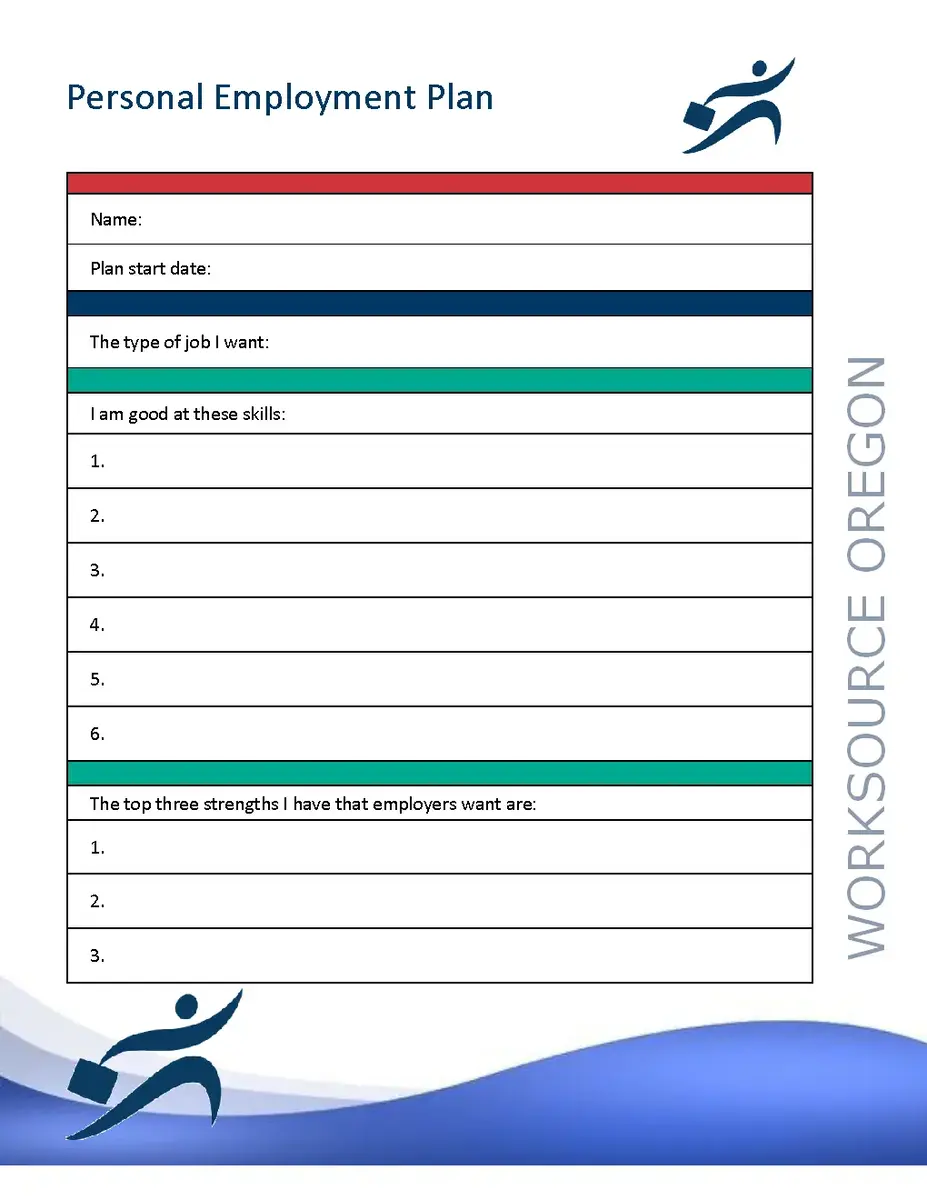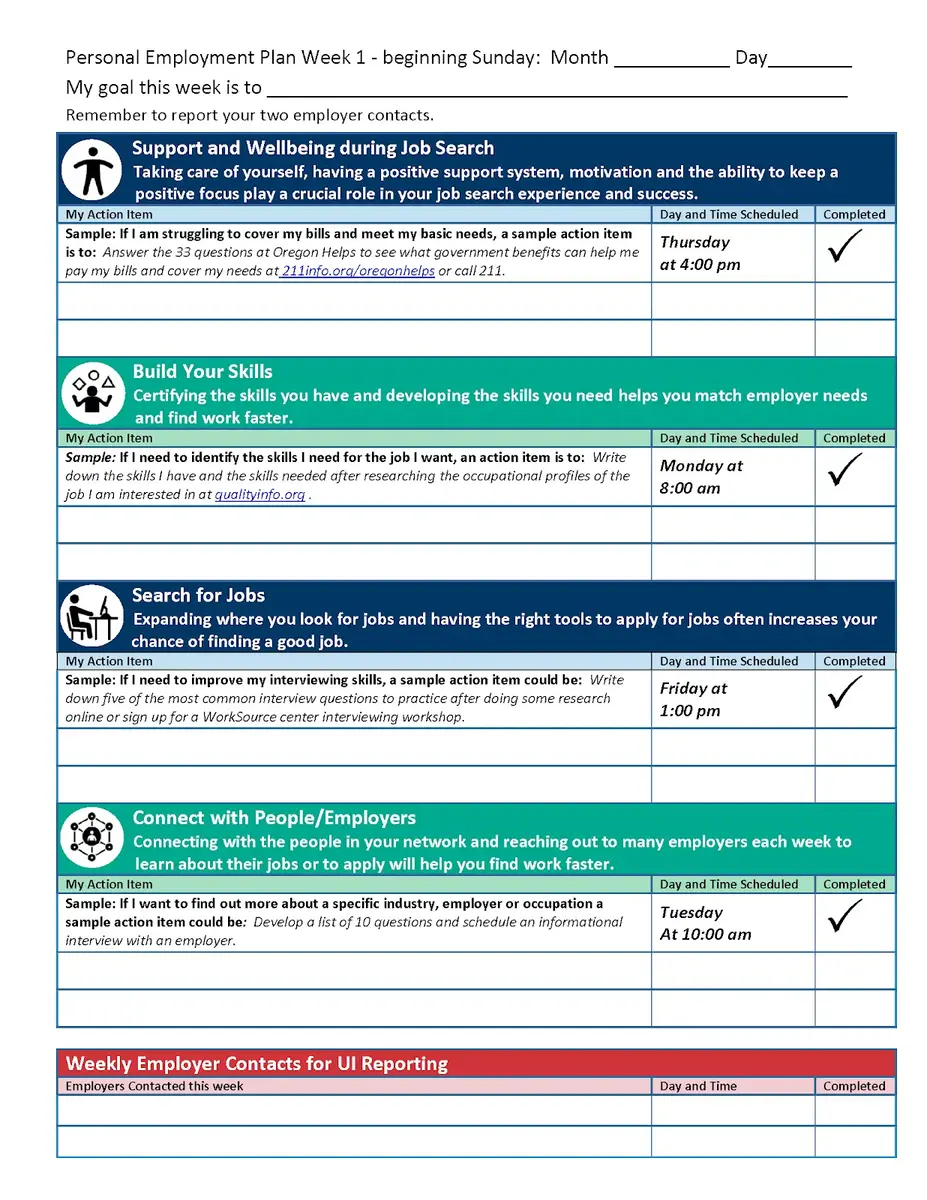Improving employment services for UI claimants in Oregon

unemployment ensurance office sign on door
What was the challenge?
The U.S. Department of Labor Employment and Training Administration’s core goal is to enhance employment opportunities and business prosperity. As the state-level agency responsible for administering the Federal-State Unemployment Insurance (UI) Program, the Oregon Employment Department’s mission is to support people who have lost their jobs through no fault of their own to find new employment. Helping job seekers find suitable employment more quickly has potentially large financial implications. In 2015, Oregon made over 1.5 million UI payments, which totalled $529 million. Evidence from recent pilot programs suggests that requiring job seekers to develop job search plans, commit to specific actions, and attend regular in-person meetings has been effective at reducing total period over which they claim UI benefits. The Oregon Employment Department sought to increase the rate and speed of re-employment among UI claimants by modifying aspects of their job search experience.
What was the program change?
Oregon required job seekers to complete a structured, four-week Personal Employment Plan (PEP). The plan encouraged job seekers to think more expansively about their job search and develop implementation intentions. Additionally, Oregon mailed job seekers information with the standard welcome letter to encourage job seekers to think of WorkSource job centers as a supportive resource and sent a series of up to 12 bi-weekly emails that included tips to enhance customers’ job searches, reminders to follow and add to their PEP, and motivational quotes.


How did the evaluation work?
Oregon selected 14 WorkSource job centers for the pilot. The job centers were sorted into 7 pairs based on the similarity of the centers and the claimants they serve. One job in each pair was randomly assigned to implement the intervention. The primary outcome of interest was the employment rate in the first quarter of 2018. The total earnings were included as a secondary outcome of interest. Both are medium term outcomes, reflecting employment status 4-8 quarters after the intervention period. These outcomes can be interpreted as the medium-term effect of the pilot, as most job seekers would have initiated a claim one to two years prior to the analysis period.
What was the impact?
The employment rate in the treatment offices was not significantly different than the rate in the control offices. In treatment offices 56.3 percent of job seekers included in the pilot were employed in the first quarter of 2018 versus 54.9 percent of job seekers in control offices. Individual wages averaged $4,353 for the quarter in treatment offices compared to $3,998 in control offices.
Verify the upload date of our Analysis Plan on GitHub.
